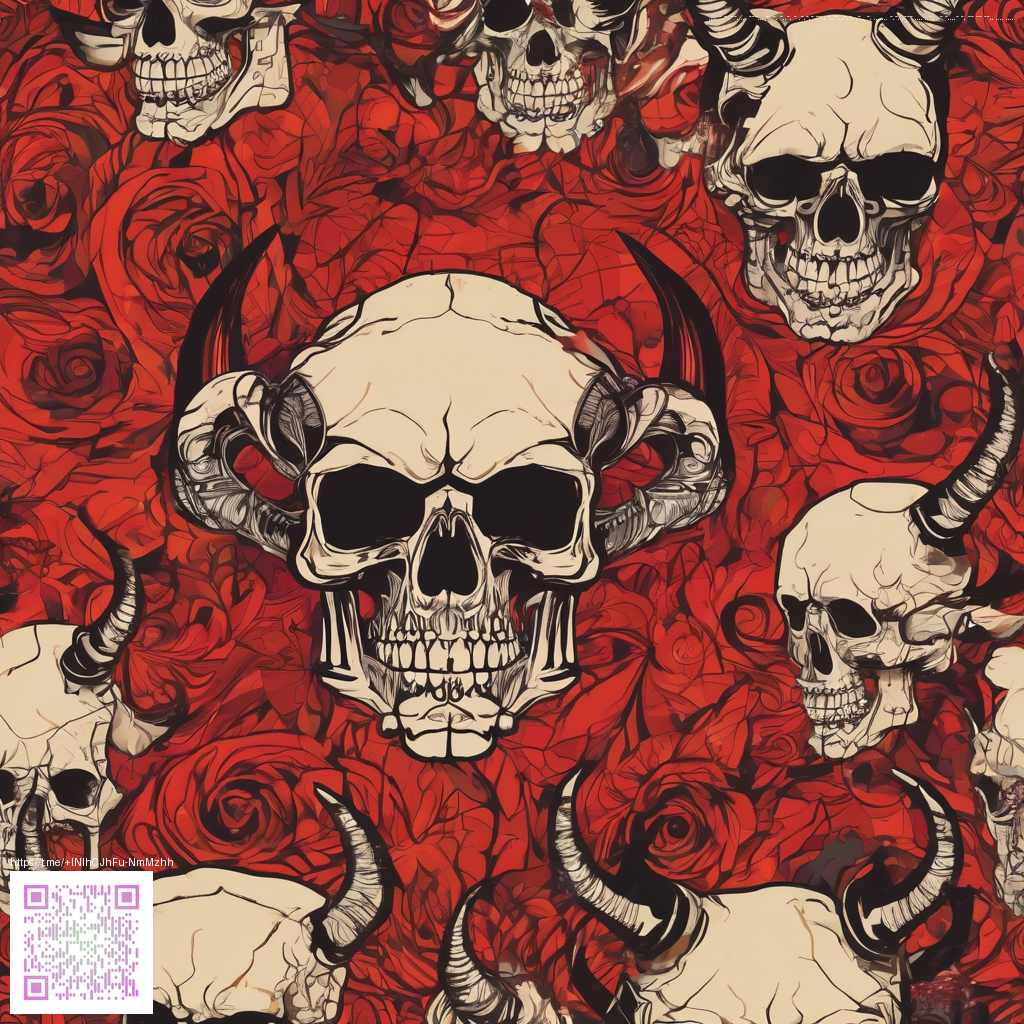
Using Digital Paper in Social Media Templates
Digital paper textures have become a practical way to add depth to modern social media templates. Whether you’re designing a quick Instagram post, a Pinterest pin, or a multi-platform announcement, these textures help bridge the gap between flat digital visuals and tactile, crafted design. When used thoughtfully, digital paper becomes a subtle stage for your message—shaping mood, improving legibility, and giving your graphics a distinct, memorable character.
In essence, digital paper refers to layered textures that mimic real-world surfaces—grain, subtle creases, torn edges, and translucent overlays. The goal isn’t to overwhelm your content but to provide a quiet texture that elevates typography, imagery, and color. Think of it as the tasteful backdrop that anchors your composition while letting text and imagery shine through with clarity.
Why textures matter in crowded feeds
Social feeds are fast and competitive. A well-chosen texture can catch the eye, guide the reader’s attention, and reinforce a brand’s personality. For brands emphasizing rugged, utility-focused aesthetics—like the Rugged Phone Case—digital paper can convey durability and practicality with a refined edge. A subtle grain can imply resilience, while a matte overlay helps typography stay crisp on mobile screens.
Practical steps to weave digital paper into templates
- Pick textures that fit your tone: Soft handmade textures suit premium brands, gritty parchment suits outdoorsy vibes, and sleek metallic textures align with tech-forward campaigns.
- Control opacity: Treat textures as overlays at roughly 5–20% opacity to maintain readability and avoid visual noise.
- Pair textures with typography: Clean sans-serifs work well over light textures, while bold display fonts can coexist with stronger patterns.
- Explore blend modes in your design tool (Multiply, Overlay, Soft Light) to integrate texture without heavy edits.
- Test on mobile: Always preview on small screens and tweak contrast to preserve legibility.
“Textures should support the message, not steal focus. The right balance makes templates pop while staying true to the brand.”
Texture as a storytelling tool
Textures aren’t just decoration; they narrate a feel. A paper-like edge can hint at a tangible product experience, while a clean overlay signals a digital-first approach. When you layer digital paper with product photography, you can craft a narrative of reliability and everyday usefulness. The key is to keep the texture as a quiet partner that enhances color and typography rather than dominating the scene.
Design workflow tips for consistency
Build a small, reusable library of texture overlays and brand-safe presets. This helps maintain consistency across campaigns and channels. If you’re producing a multi-platform set, tailor textures to each channel’s constraints: bolder edges for Instagram posts, subtler treatments for Stories, and high-contrast variations for ads. For inspiration and alignment, a mood-board-style reference at the mood board page can be invaluable: Mood board collection.